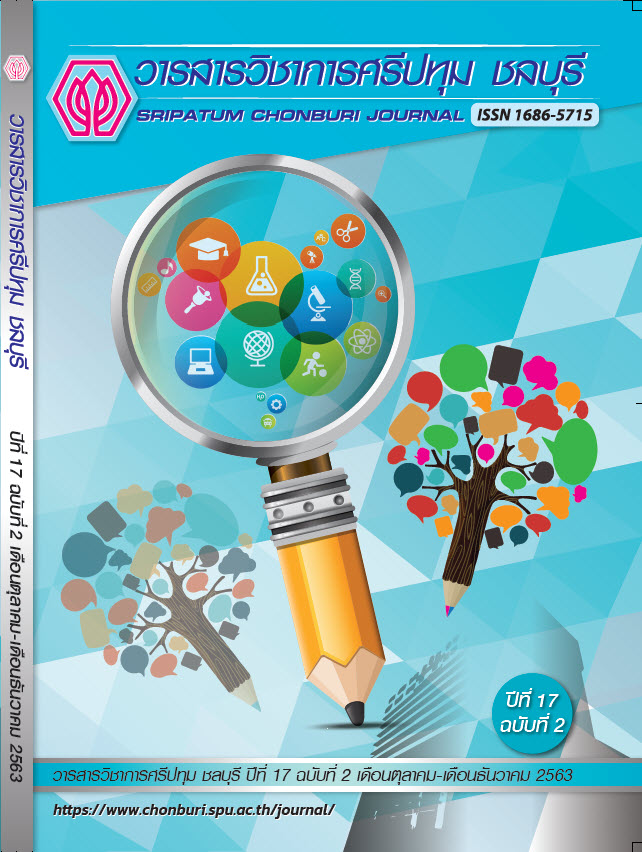GUIDELINES FOR APPLYING KODALY APPROACH IN THE DEVELOPMENT OF SINGING ABILITY AND COMPOSE MUSIC FOR PRESCHOOL CHILDREN OF EARLY CHILDHOOD EDUCATION STUDENTS
Keywords:
Kodaly, singing, composition, early childhood educationAbstract
This article aims to present the Guidelines for Applying Kodaly Approach in The Development of Singing Ability and Compose music for Preschool children of Early Childhood Education Students in two topics as follows: 1) Guideline for student instructors, and 2) Guide for students.
Guidelines for student instructor are as follows: Preparation steps are: 1) Instructors should study the methods of teaching according to the Kodaly Approach deeply, Prepare media documents, musical note devices, and cover various musical content and able to organize learning experiences in early childhood classes, and 2) The instructor should study the background of the singing ability and the composition of the students before beginning to design activities in order to create a plan and a manual for developing the singing ability and music composition of students. Teaching steps are: 1) Instructors should design instructional activities so that the atmosphere in the classroom is warm, can learn fully through the activity arrangement based on The Kodaly Approach, 2) The instructors focus on teaching singing to students well before teaching music compositions because Kodaly emphasizes teaching easy to difficult matters, 3) Instructor should have a clear scope for the activities, and 4) Kodaly emphasizes the use of folk songs in their own culture in teaching music. Therefore, instructors should select Thai folk songs that are suitable for Early childhood used to organize activities first, then use folk songs of other countries appropriate.
Guide for students are as follows: Preparation steps are: The students should study Kodaly Approach, review children’s song in organizing learning experiences in early childhood. Practice steps are: 1) Students should study the methods of teaching according to the Kodaly Approach deeply. Keep practicing singing and review various songs Music content, Music creation and music composition until being able to bring learning experiences in the Early childhood class, and 2) When students encounter problems in their activities, they should immediately consult the instructors to listen to suggestions and solve problems.
References
_______. (2561). ดนตรีศึกษา หลักการและสาระสำคัญ. กรุงเทพฯ: สำนักพิมพ์แห่งจุฬาลงกรณ์มหาวิทยาลัย.
นันทิรัตน์ คมขำ. (2538). การศึกษาการใช้เพลงในการเรียนการสอนเด็กวัยอนุบาล. วิทยานิพนธ์ครุศาสตรมหาบัณฑิต สาขาวิชาการศึกษาปฐมวัย, บัณฑิตวิทยาลัย จุฬาลงกรณ์มหาวิทยาลัย.
ภัททิยา บัวศรี. (2556). การวิเคราะห์การใช้เพลงและคำคล้องจองของครูอนุบาล. วิทยานิพนธ์ครุศาสตรมหาบัณฑิต สาขาวิชาหลักสูตรและการสอน, คณะครุศาสตร์ จุฬาลงกรณ์มหาวิทยาลัย.
Downloads
Published
Issue
Section
License
บทความทุกบทความเป็นลิขสิทธิ์ของวารสารวิชาการศรีปทุม ชลบุรี



